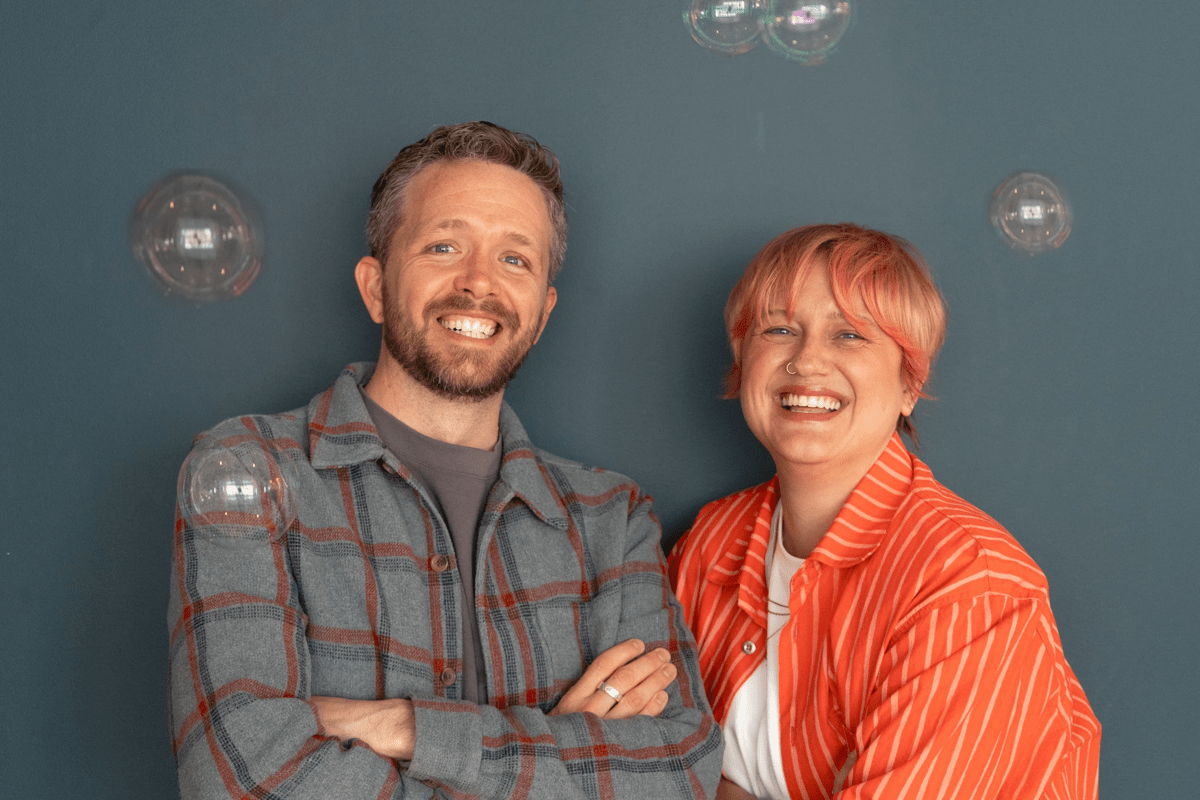

Pride is a practice, not a logo
It’s June, which means Pride is here! Companies roll out Pride-themed products, swap their logos for rainbow versions, and post messages of support for the LGBTQIA+ community. But come July, the rainbows vanish, and often, so does the commitment. It seems to be a fair follow-up question: how many companies actually walk the talk?
That question hits even harder in 2025. Across the U.S. and Europe, anti-LGBTQIA+ rhetoric has returned to the spotlight, with real consequences for people’s rights and safety. From policies targeting transgender youth, to the silencing of diversity initiatives, the climate has shifted in ways that are, frankly, dangerous.
And while many brands have faced criticism over the last several years for rainbow-washing, making symbolic Pride gestures without backing them up with meaningful action, the pressure is greater than ever. For businesses, this should never be a marketing opportunity. It’s a moral decision. And it’s one that can’t be made for just one month out of the year.
At Oneflow, we’ve long believed that inclusion is a daily practice, not a seasonal campaign. Back in 2021, we made a conscious decision not to put a rainbow flag on our logo during Pride Month. It wasn’t about avoiding controversy, it was about making sure our actions matched our intentions.

In a world where symbols matter more than ever, is not having the flag on your logo still the right choice?
“Honestly, I’m not sure anymore,” says Emilia Janis, our VP of Partnerships. “With everything going on all over the world, I think visual, catchy things like the flag could be important. Having a sign that tells people a space is safe might be even more important right now.”
She pauses. “To clarify, we never rejected the flag, we just didn’t want people to think we were pinkwashing. The hard thing is finding that balance. How do we take a stance that’s both visible and real? This isn’t about politics. This is human rights.”
It’s a sentiment echoed in a powerful video produced by Oslo Pride, a reminder that even small visual signals can make a big difference in someone’s sense of safety.
Where we feel safe is where we thrive.
This question of how to both act and appear inclusive isn’t hypothetical. It’s about how LGBTQIA+ people feel at work right now, as political decisions creep into private lives. A recent global survey by myGwork found that nearly 45% of LGBTQIA+ professionals have experienced depression, with trans and non-binary people most affected. And when the world feels unsafe, the workplace can’t afford to be neutral.
“Creating psychological safety is everything,” Emilia says. “If someone can’t be their authentic self, they can’t be fully present or productive. I push this as a leader constantly, anyone, anywhere, should feel safe in who they are.”
The data supports that urgency. Research from Randstad found that 36% of LGBTQIA+ employees reported decreased motivation and productivity due to not feeling comfortable being themselves at work, and for around one in three, that discomfort ultimately led them to quit their job. Oneflow is aware of this, and it’s why we try to prioritize creating a supportive and open environment, not just to retain talent, but to make sure people can thrive.
That culture of openness has roots. Emilia doesn’t just lead partnerships at Oneflow, she’s one of the people shaping its culture. “I’m proud to work for a founder who gave me the platform to be my authentic self. It would have been easier to keep parts of my life private. But I chose not to.”
And in choosing openness, she’s cleared a path for others to follow. Of course, culture isn’t created in statements alone. It’s in the systems and habits that make up everyday life at work. “We’re still a fairly small company,” Emilia says, “but we can always do better.” Companies are not neutral spaces. We bring the world with us, and that includes all its weight, injustice, and urgency.
The world walks in with us every day. Being silent is being complicit.
So, where does that leave us now? Well, we’re continuing to reflect, out loud and in real time, on what allyship and accountability look like. Changing our logo to include the rainbow during Pride Month might help contribute to the kind of safe, visible space we want to foster. It might be time to reconsider. But it won’t be the whole picture because it never was. Support needs to be reflected not just in a logo, but in conversations like this one. In policy. In visibility. In leadership. In the small, daily decisions that say, “You belong here.”

Symbols matter. But actions speak louder.
And if you’re wondering what those actions should look like, Emilia has a few suggestions.
“Start internally,” she says. “Ask yourself: is the workplace safe? Is leadership educated? Are the small things, like language and word choice, inclusive? Are your policies inclusive and enforced?”
She emphasizes that companies can’t just rely on LGBTQIA+ people to lead the charge. “We are continually fighting for our rights. It would be nice to have others help support us. Visibility does matter. But inclusion isn’t just this month, and it’s more than just queer people.”
Her advice to companies trying to navigate Pride responsibly? “Listen more than you talk. Don’t make assumptions. Pay attention. Stand up and move forward.” Just know that you might mess up, and learn from it.
And for Oneflow, and really, for any company, there’s one more reminder:
New people are joining all the time. We have to make sure they know what kind of inclusivity we stand for, not just in June, but every single day.



